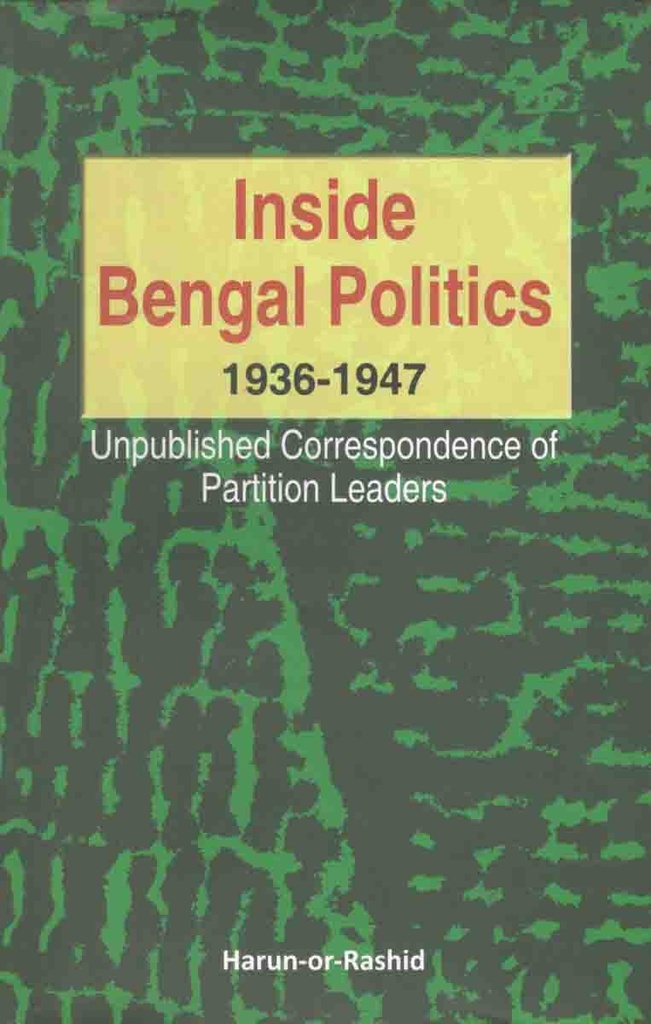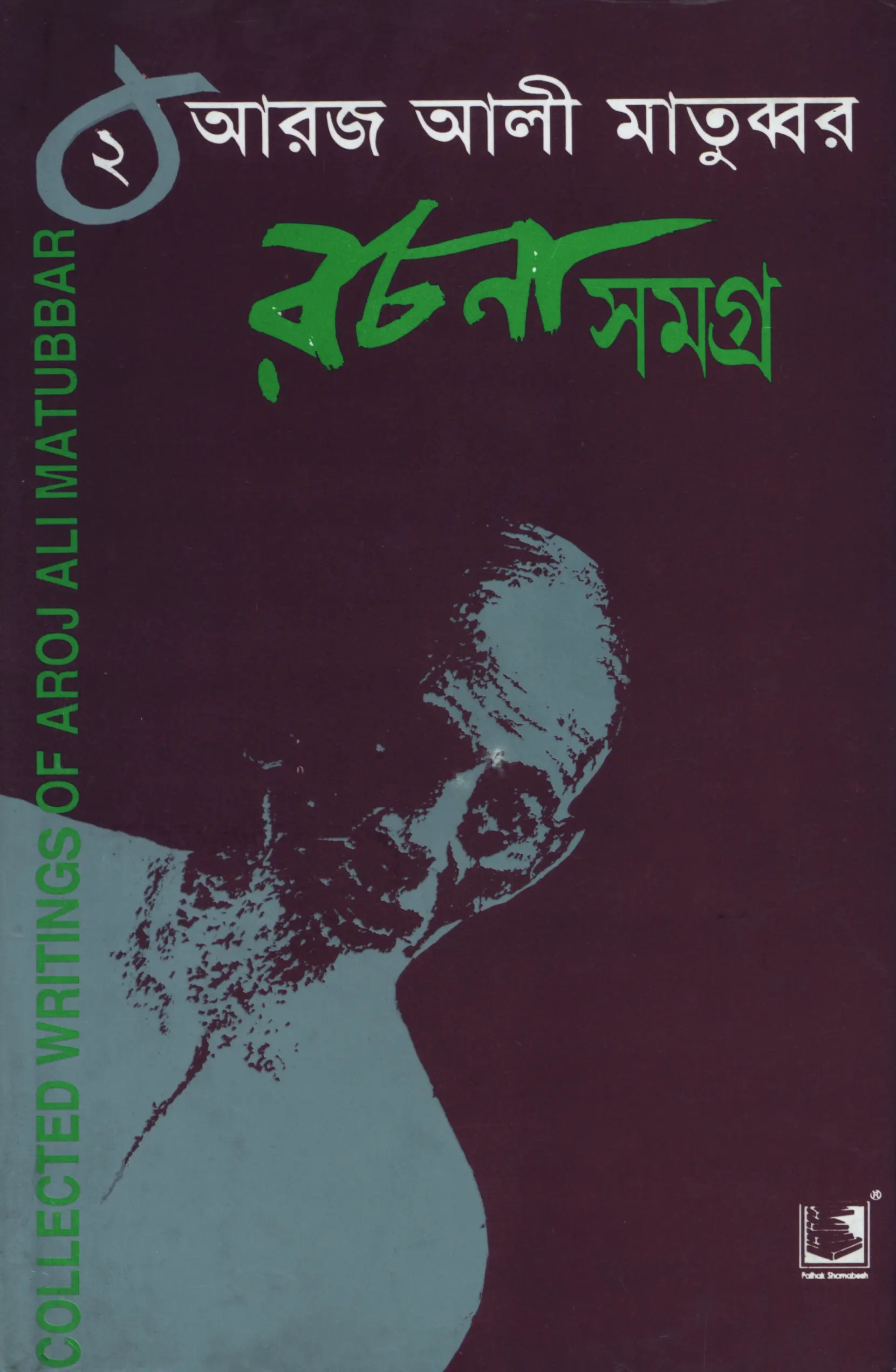Inside Bengal Politics 1936-1946 : Unpublished Correspondence of Partition Leaders
Delivery Charge (Based on Location & Book Weight)
Inside Dhaka City: Starts from Tk. 70 (Based on book weight)
Outside Dhaka (Anywhere in Bangladesh): Starts from Tk. 150 (Weight-wise calculation applies)
International Delivery: Charges vary by country and book weight — will be informed after order confirmation.
3 Days Happy ReturnChange of mind is not applicable
Multiple Payment Methods
Credit/Debit Card, bKash, Rocket, Nagad, and Cash on Delivery also available.
The decade preceding the 1947 Indian partition was an eventful period, with profound impact on the subsequent political developments of the states thus created. Though works dealing with this period abound, most of these have an all-India focus. There is a dearth of researchbased books and other works covering the Bengal situation. Bengal, then a Muslim-majority province in eastern India, was the bastion of the Muslim League/Pakistan movement. Perhaps there would have not been Pakistan state without the solid support of the Bengali Muslims who, at the same time, were fully aware of their distinct identity. Jinnah had to win their support to realize his plan. How did he do it? The present book is based on about a hundred unpublished letters and other correspondence of eminent partition leaders, including A.K. Fazlul Huq, H.S. Suhrawardy, Khwaja Nazimuddin, Maulana Akrum Khan and Raghib Ahsan, with M.A. Jinnah, Liaquat Ali Khan, the Governor of Bengal and the Viceroy's Staff between 1936 and 1947. The present volume gives a firsthand account of some crucial inside views on the Muslim League organization in Bengal, party factionalism and disputes, alignments re-alignments of leaders, political intrigues, the Huq-Jinnah conflict, centre vs. province relations in the party, management of conflict and instrument of central control, the Bengali view of Pakistan, the statehood ideal of the Bengali Muslim leadership, Suhrawardy's move for a united independent Bengal, Dacca vs. Calcutta rivalry within the Bengal Muslim League, Hindu-Muslim relations, etc. The book should be of interest to historians and readers interested in the partition of India and Bengal Studies.
The decade preceding the 1947 Indian partition was an eventful period, with profound impact on the subsequent political developments of the states thus created. Though works dealing with this period abound, most of these have an all-India focus. There is a dearth of researchbased books and other works covering the Bengal situation. Bengal, then a Muslim-majority province in eastern India, was the bastion of the Muslim League/Pakistan movement. Perhaps there would have not been Pakistan state without the solid support of the Bengali Muslims who, at the same time, were fully aware of their distinct identity. Jinnah had to win their support to realize his plan. How did he do it? The present book is based on about a hundred unpublished letters and other correspondence of eminent partition leaders, including A.K. Fazlul Huq, H.S. Suhrawardy, Khwaja Nazimuddin, Maulana Akrum Khan and Raghib Ahsan, with M.A. Jinnah, Liaquat Ali Khan, the Governor of Bengal and the Viceroy's Staff between 1936 and 1947. The present volume gives a firsthand account of some crucial inside views on the Muslim League organization in Bengal, party factionalism and disputes, alignments re-alignments of leaders, political intrigues, the Huq-Jinnah conflict, centre vs. province relations in the party, management of conflict and instrument of central control, the Bengali view of Pakistan, the statehood ideal of the Bengali Muslim leadership, Suhrawardy's move for a united independent Bengal, Dacca vs. Calcutta rivalry within the Bengal Muslim League, Hindu-Muslim relations, etc. The book should be of interest to historians and readers interested in the partition of India and Bengal Studies.
No Specifications























